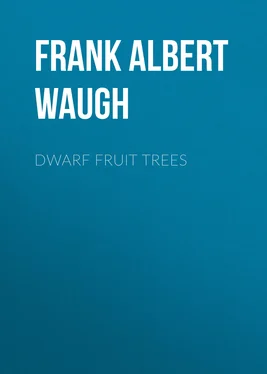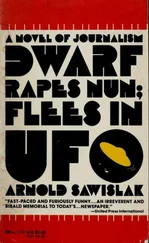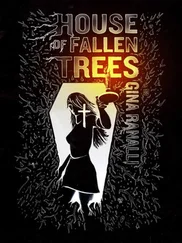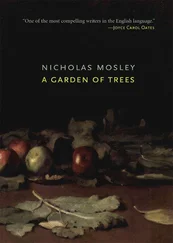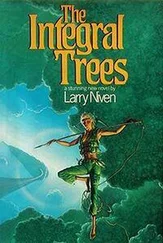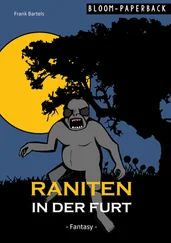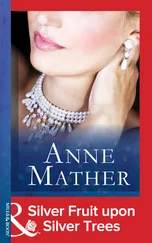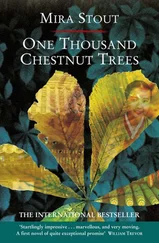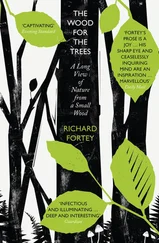Frank Albert Waugh - Dwarf Fruit Trees
Здесь есть возможность читать онлайн «Frank Albert Waugh - Dwarf Fruit Trees» — ознакомительный отрывок электронной книги совершенно бесплатно, а после прочтения отрывка купить полную версию. В некоторых случаях можно слушать аудио, скачать через торрент в формате fb2 и присутствует краткое содержание. Жанр: foreign_prose, Биология, Биология, foreign_edu, foreign_antique, на английском языке. Описание произведения, (предисловие) а так же отзывы посетителей доступны на портале библиотеки ЛибКат.
- Название:Dwarf Fruit Trees
- Автор:
- Жанр:
- Год:неизвестен
- ISBN:нет данных
- Рейтинг книги:4 / 5. Голосов: 1
-
Избранное:Добавить в избранное
- Отзывы:
-
Ваша оценка:
- 80
- 1
- 2
- 3
- 4
- 5
Dwarf Fruit Trees: краткое содержание, описание и аннотация
Предлагаем к чтению аннотацию, описание, краткое содержание или предисловие (зависит от того, что написал сам автор книги «Dwarf Fruit Trees»). Если вы не нашли необходимую информацию о книге — напишите в комментариях, мы постараемся отыскать её.
Dwarf Fruit Trees — читать онлайн ознакомительный отрывок
Ниже представлен текст книги, разбитый по страницам. Система сохранения места последней прочитанной страницы, позволяет с удобством читать онлайн бесплатно книгу «Dwarf Fruit Trees», без необходимости каждый раз заново искать на чём Вы остановились. Поставьте закладку, и сможете в любой момент перейти на страницу, на которой закончили чтение.
Интервал:
Закладка:
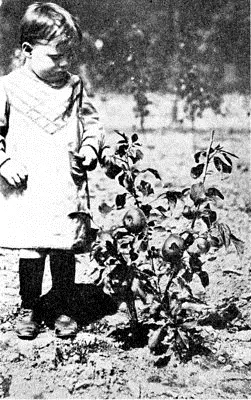
FIG. 3—BISMARCK APPLE, FIRST YEAR PLANTED
22 inches high; bearing 4 fruits
II
ADVANTAGES AND DISADVANTAGES
It is a good prejudice which expects every man who writes anything to be enthusiastic over his subject. Such enthusiasm doubtless leads a writer many times to over-state his case, and to claim more than the calm judgment of the multitude will ratify. And on the other hand, readers usually tacitly discount the statements of any man who writes about any matter in which he is plainly interested. The present writer knows that he is also under the ban, and that the reader firmly expects him to claim more for dwarf fruit trees than their merits will fairly warrant. This expectation the writer hopes to disappoint. It will be enough to set down here the obvious advantages and disadvantages which the horticulturist will meet in handling dwarf fruit trees. These statements are mostly of matters of common experience and they need no coloring to make them serve their present purpose.
We may fairly set down the following good points standing more or less generally to the credit of dwarf fruit trees:
1. Early bearing. —This is a sufficiently obvious advantage. The Alexander apple will bear the second year after planting when grown as a dwarf, while it requires six to ten years to come into bearing as a standard. This habit of early bearing proves valuable in many ways. It encourages men to plant trees. The disinclination of old men to plant trees rests upon the slenderness of the chance that they will ever gather of the fruit. But a man may plant dwarf trees whenever his expectation of life is two years or more. Such trees would serve octogenarians, consumptives and those sentenced to be hanged for murder.
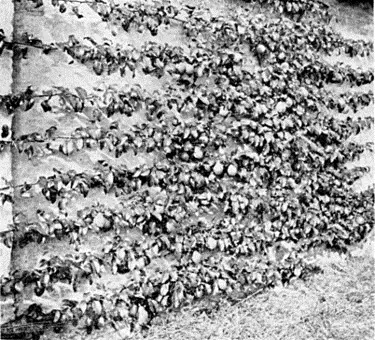
FIG. 4—PEAR TREE, TRAINED AS AN ESPALIER
Early bearing—to return to the subject—makes dwarf trees valuable to that large and unfortunately growing class of citizens who rent the premises where they live. They do not expect to stay more than five or six years in any one place. In that length of time ordinary trees would not begin to yield any fruit. But with dwarf trees there is excellent probability of seeing something ripen. Then again early bearing is a great advantage when one is testing new or old varieties. It is a great advantage when a commercial orchard is designed and when dwarf trees are used for fillers as explained below.
2. Small size. —The very smallness of the dwarf trees has many advantages in it. The trees are easier to reach and to care for. They are easier to prune and to spray. This facility in spraying is what has chiefly recommended smaller fruit trees to commercial fruit growers in recent years. Particularly in those places where the San José scale is a perennial problem a very large tree becomes an impossibility, and the smaller the trees can be the better it suits.
The small size of dwarf trees permits the planting of larger numbers on a given area. This is specially worth while to the amateur who has a small garden where only three or four standard trees could grow, but where he can comfortably handle forty or fifty dwarfs. Yet it is also worth the consideration of the commercial fruit grower who is trying to earn a profit on expensive land. If he can increase the number of bearing trees on each acre, especially during the early years of establishing his orchard, it almost certainly means increased income.
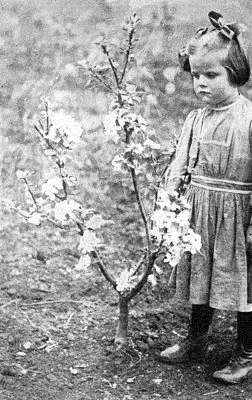
FIG. 5—BUSH APPLE TREE, THREE YEARS PLANTED
3. High quality. —It is not perfectly certain that every kind of fruit can be produced in higher quality on dwarf trees than on standards, but such is the general rule. This is notably true of certain pears, as Buerré Giffard and Doyenne du Comice, and it is generally the case with all apples that can be successfully grown on Paradise roots. One can secure size, color, flavor and finish on an Alexander or a Ribston Pippin, for example, which can never be secured on a standard tree. One who has not seen this thing done will hardly understand it; those who have will not need more argument. Such plums as we have fruited on dwarf trees have shown similar improvement in quality, being always distinctly superior to the same varieties grown on standard trees. The significance of these facts will appear at once to any one familiar with the course of the fruit markets in America. There are greater rewards awaiting the fruit grower who can produce fruit of superior quality than the one who succeeds merely in increasing the quantity of his output.
SPECIAL USES FOR DWARF TREES
These various items of advantage recommend dwarf fruit trees for several specific purposes, some of which are worth pointing out in detail.
1. For suburban places. —A large and increasing percentage of our population now lives the suburban life—in that zone where city and country meet. They have small tracts of land, which, however, they too often lease instead of owning. On these they do more or less gardening,—usually more, in proportion to the size of their holdings. For them dwarf fruit trees are a precious boon. It is possible to plant three hundred to five hundred dwarf fruit trees on a quarter of an acre, where less than a dozen standard trees would flourish. This gives the opportunity to experiment with all sorts and varieties of fruits, a privilege very dear to the heart of the commuter. The dwarf fruit trees also work more readily into a scheme of more or less ornamental gardening, where fruits are combined with vegetables and flowers. Especially if some sort of formal gardening is attempted, the cordons, espaliers and pyramids exactly suit the demands. Then the fact, already mentioned, that the dwarf trees come into bearing much sooner, is a consideration of the highest value to the suburban gardener. He fully expects to move from one home to another at least once in ten years, if not once in five. With the best of intentions and the most favorable of opportunities he can hardly expect to settle down anywhere for life. The suburbs themselves change too rapidly for that; and the place which today is away off in the country may be all covered with factories five years from now. It is terribly discouraging, under such circumstances, to plant a tree knowing that ten years must pass before any considerable fruitage can be expected from it. It is altogether another feeling with which one plants a tree which promises fruit within two or three years.
So that, whatever the drawbacks to the planting of dwarfs, they are the salvation of the suburban garden. For such circumstances they can be freely recommended, without exception or reservation.
2. For orchard fillers. —As commercial orcharding becomes more refined, under the stress of modern competition, and as good orchard land increases in value, up to one hundred, two hundred, or even three hundred dollars an acre, new methods must be adopted with a view to increasing the returns. This opportunity looms especially large for the first few years after the establishment of the commercial orchard, more particularly the apple orchard. When standard trees are planted thirty-five to the acre, which is now the usual practice, the land is not more than one-fourth occupied for the first five years, and not more than half occupied for the first ten years. Indeed it is full twenty years from the time of planting before the thirty-five apple trees will use the whole acre. And since a good farmer can not afford to let expensive land lie idle he has before him a very pretty problem to determine how the space between the standard trees shall be utilized during the early years of the orchard's growth.
Читать дальшеИнтервал:
Закладка:
Похожие книги на «Dwarf Fruit Trees»
Представляем Вашему вниманию похожие книги на «Dwarf Fruit Trees» списком для выбора. Мы отобрали схожую по названию и смыслу литературу в надежде предоставить читателям больше вариантов отыскать новые, интересные, ещё непрочитанные произведения.
Обсуждение, отзывы о книге «Dwarf Fruit Trees» и просто собственные мнения читателей. Оставьте ваши комментарии, напишите, что Вы думаете о произведении, его смысле или главных героях. Укажите что конкретно понравилось, а что нет, и почему Вы так считаете.
